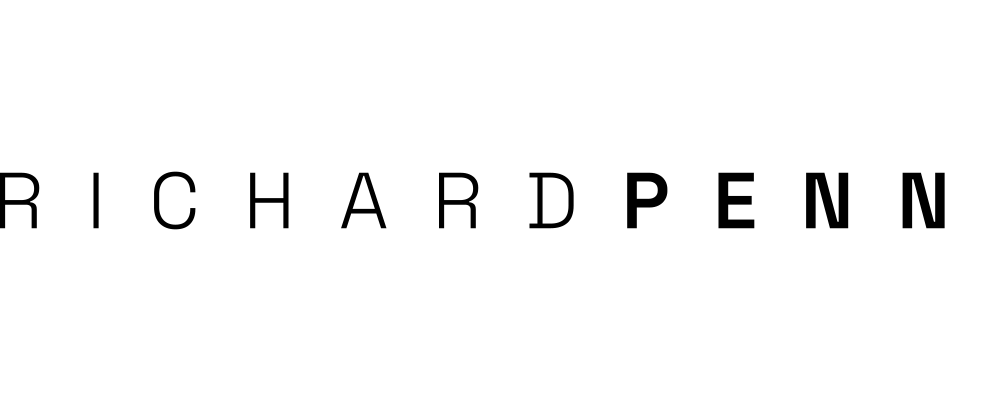Review: Surface Detail
By Luan Nel
For Surface Detail
Origins Centre, JHB
29 September – 26 November 2015
I was not familiar with Richard Penn’s work. I had exhibited alongside him and many other artists at a KKNK festival some ten years ago possibly more. I do remember his extraordinary claymation video packed with poetic nuances and an attention to detail that left me watching in wonder. I then never seemed to bump into his work again but do see him from time to time at openings and the like. I was perhaps lazy or it seemed too inquisitive, so I never investigated.
Now living in Cape Town means the chances of catching his work were pretty slim. I was however in Johannesburg this last weekend and stayed in Braamfontein. I bumped into him at the launch of the artist’s book GIF3 on Friday night and he invited me to go view his exhibition ‘Surface detail’ at the Origins Centre also in Braamfontein. This is what I did the Saturday morning.
I was immediately captivated by Penn’s tenacity, perseverance, patience and skill. These were absolute gems created in some obsessive compulsive state. Fragments of matter, like under the microscope perhaps. Or larger swaths of land of a foreign planet maybe. Beautifully painted, meticulously drawn. Labour is no stranger to this artist and hats off to him. However, this is not the kind of work that parades how labour intensive it was as if labour is a medal or proof of a work’s artistic worth. An end in and of itself. In this case, it simply is there because we are investigating new territory and we like to observe every detail. We are explorers you soon discover.
One is constantly aware of the fractured light that occurs with any kind of footage, especially in his paintings. They seem to me like garbled fuzzy comminicae. Half a message now rendered unintelligible because of some kind of static. The signal is not clear, this just draws me further in.
Penn takes us on a mission to an indesclosed foreign world, somewhere in space. He takes us exploring foreign territory, extra terrestrial territory. He asks we view ourselves in relation to this imagined discovery, this universe, he asks what is this thing called existence and what are we in the greater scheme of things. It is also mimicked in his gaze. Either we are focussing intensely at the minutest of surface detail, or we zoom out and see the lens of a giant camera or the space camera that brings us these fresh findings, itself, floating in space. It seems like bits of evidence of a retired or lost early human exploration team. A large and grand endeavour where something I am guessing went wrong. We know this to be an exciting find, yet we have no way of fully grasping what it is, or is trying to say.
Alongside Penn’s otherworldly finds and fragments, there is a text meant to accompany the works. It is by Guinevere Glasfurd-Brown and seems to be the telling of a kind of childrens story, like something from the Famous Five, Enid Blyton like in style but also far more philosophical. In part it is about finding a new colour it would seem. In a later conversation Penn explains the reason for this inclusion and how it ties with his works in oil:
“For me, Guinevere’s story about a time when we have lost the ability to manufacture colour and only have the unreliable memories and arbitrary words used to describe colour resonates strongly with our inability to adequately describe the scientific reality in which we live. When it comes to philosophical questions of existence and reality, science is far stranger than anything we can cook up in our own heads. That’s why the abstract paintings took on the title of Guin’s story ‘the word for it’ and is also why I made the curatorial decision to disrupt it and the line of ‘scientific’ survey drawings with them.”
The exhibition has a very long run so do try and catch it. It was exactly the kind of mystery and romance I was craving on a Saturday morning. A serious space cadette with a great measure of scientific curiosity. Get on board, next stop – Andromeda.
